Walt Disney’s railroads

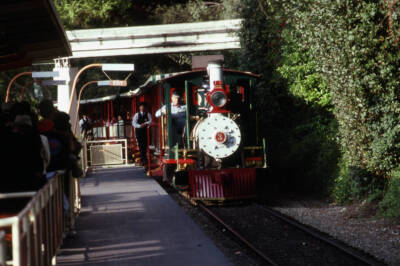
It is no secret that Walt Disney loved trains. His passion for railroads runs to the time of his youth and can still be seen throughout today’s Disney empire. For Walt, as you will see, railroading was an early job — one that made him little money — but one that put him in touch with trains. Later in life trains became a creative outlet and a means of escaping the stress of building and operating a major movie animation studio. Walt ultimately placed his railroad affections at the forefront of his amusement park — Disneyland — and garnered one of America’s iconic lines as its corporate sponsor. When Disney went to Florida, trains played a starring role in the Magic Kingdom.
Let us take a train ride through Walt Disney’s railroad love affair with these five mind-blowing facts.
No. 1 — Family ties and railroad work
Walt Disney had plenty of inspiration for his love of trains. His father, Elias Disney, worked for a time as a Union Pacific machinist and carpenter. Walt’s uncle, Mike Martin, was an engineer on the Santa Fe and would share stories of his work with a young Walt.
Walt’s brother, Roy Disney, worked for the Fred Harvey Co., the organization that provided food service along the Santa Fe Railway, as a new butcher, selling newspapers, magazines, snacks, and beverages aboard passenger trains. In 1916, at age 15, Walt hired on with Fred Harvey as a news butcher. His first day on a train was less than successful, as he described in Railroad magazine [October 1965]: “… my first day’s business, on the Missouri Pacific, was a fiasco. We ran from Kansas City to Jefferson City. Our train pulled out at 4 a.m. with two commuter coaches added to its usual consist. The day being hot, I soon sold out my supply of soda pop to the commuters. I didn’t know until it was too late that the two commuter cars would be detached at Lee Summit. They were gone before I could collect the empty bottles. Inasmuch as my margin of profit lay in the bottle refunds, I realized with dismay that I was wiped out.”
Walt also worked trains on the Kansas City Southern, and the Katy. As this was a summer job, he quit when it was time for school to start. He forfeited his $30 bond to cover loses and ended up with an unprofitable summer.
No. 2 — A right-of-way for the Carolwood Pacific
Following World War II, when Disney was having trouble getting his movie studio going again, he turned to model railroading as a diversion from business stress. Walt planned to build a 1/8 scale railroad in his backyard on Carolwood Drive in Holmby Hills, Calif. In his spare time, he had been studying metalwork and carpentry. The inspiration for the backyard line came from the Central Pacific and its 4-4-0 locomotive No. 173, which was a product of the Norris Lancaster Works. He named his small-scale version the Lilly Belle to honor his wife, Lillian.
Walt should possibly have greased his railroad plans beyond just naming a locomotive for his spouse, for it was Mrs. Disney who strenuously objected to have a miniature train running through her yard. Walt called his lawyer, having a right-of-way agreement drawn up giving his line permission to run around the property. Mrs. Disney signed the agreement. Soon, however, she objected when Walt determined that a 6-foot-deep cut was needed to keep grades in line. A compromise was reached with Walt offering to build a 90-foot-long tunnel covering the cut.
Notice that the Carolwood Pacific and Central Pacific both use the C.P. initials. This is just one of many cleaver little behind-the-scenes twists that Walt built into his railroads.
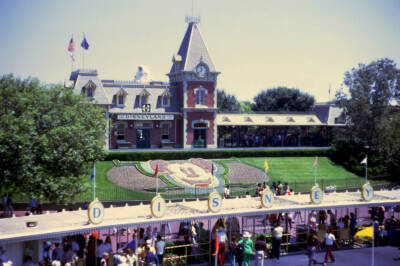
No. 3 — The train and the movie theater
In the early 1950s, Disney’s mind was occupied with plans for what would become Disneyland in Anaheim, Calif. Walt wanted to build a different type of amusement park. He wanted people to have an experience, not just take rides on carnival-like attractions. His was to be a clean, wholesome venue that could be enjoyed by every member of the family without worry. Walt, as a storyteller, wanted to immerse guests in his movies brought to life in the rides and exhibits. He also wanted to blur the lines between reality and fantasy, creating memorable experiences with a touch of educational value.
Disney had the park fashioned after a movie theater. As you enter the park, walking into the town square at the foot of Main Street, U.S.A., the smell of popcorn wafts through the air, just like walking into the lobby of a movie theater. Visitors are then drawn up Main Street and into their own theatrical adventure.
But wait! How many movie theaters do you know that are encircled by a working railroad? There are indications that the Disneyland railroad is the next level of Walt’s Carolwood Pacific and a higher manifestation of his love for trains. The theory also exists that the railroad was to act as sort of a movie trailer, presenting guests with the features showing inside the theater. Either way, Walt’s railroad became a Disneyland feature and also the front door at the Magic Kingdom in Florida’s Disney World.
No. 4 — Disney, the Santa Fe, and the Grand Canyon
Corporate sponsorship is nothing new in our world, it’s just intensified today. Walt Disney sought corporate sponsors for aspects of Disneyland, including his railroad. As the park was being developed in the early 1950s, Disney recruited the likes of Sunkist, Transworld Airlines, Carnation, Bank of America, and both Coca-Cola and Pepsi Cola, to name a few. Initial sponsorships netted $4.4 million ($51 million in 2024), which was used as collateral for a loan to build the park.
Only one company negotiated with Disney to sponsor the railroad — the Atchison, Topeka & Santa Fe. On March 29, 1955, the Santa Fe become one of Disney’s most valuable sponsors with a five-year agreement at $50,000 annually. Thus, was born the Santa Fe & Disneyland Railroad. A stylized logo bearing striking resemblance to the Santa Fe blue cross and overlaid with an outline of Sleeping Beauty’s castle appeared on just about everything relating to the new line.
On March 31, 1958, the Santa Fe was able to boast that it called on two Grand Canyons … sort of. On this day, with the help of close personal friend and Santa Fe Railway Chairman Fred Gurley, Walt Disney opened a new attraction along the SF&D — the Grand Canyon diorama.
Trains on the SF&D loop enter a darkened tunnel. To one side of the train appears the Grand Canyon on a 306-foot-long-by-34-foot-tall seamless, handwoven, hand painted canvas. The mural begins at sunrise and progresses through the day until sunset. In the early afternoon portion of the mural, a desert thunderstorm pops up over the canyon. It took artist Delmar Yoakum more than 300 gallons of paint to complete the work. The scene is also set with cast rocks, model animals, and birds as would be found in the canyon. The diorama drama is completed with the music of Ferde Grofé’s Grand Canyon Suite played aboard the passing train. So realistic is the scene that Disney train crews have reported seeing passengers extending their hands outside the train cars as they pass the thunderstorm scene to determine if it is actually raining.
At the time the “real” Santa Fe operated a branch line to the south rim of the “real” Grand Canyon.
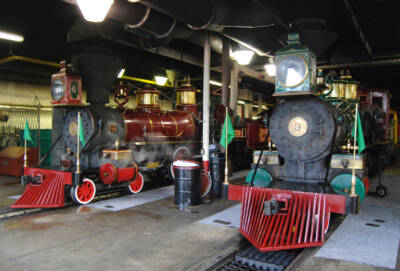
No. 5 — The locomotives that almost did not come from Mexico
In 1965, Walt Disney unveiled his plans for Disney World in Florida. Walt’s dream was a total entertainment resort able to expand creatively as his popular California Disneyland could not. Disneyland was hemmed in by other attractions and businesses wishing to be near the park. The company purchased 28,000 acres outside Orlando and Walt laid out his vision, which included trains, just like at Disneyland.
Walt Disney, however, sadly died on Dec. 15, 1966, five years before Disney World would open on Oct. 1, 1971. Walt’s brother, Roy, promised to complete the project and fulfill Walt’s vision.
Responsibility for Disney World transportation, including the railroad, fell to Roger Broggie, one of the Disney Imagineers. Broggie recommended that a search be made for existing equipment that could be rebuilt and modified as opposed to fabricating new locomotives, like was done for Disneyland. His search led to Mexico’s Yucatan. A tip told him a number of steam locomotives were being retired and may be available for purchase. Broggie and Earl Vilmer, Disney’s railroad building expert, flew to Mexico to investigate. They found plenty of steam locomotives and selected five — two 4-6-0s, a 2-6-0, and a 4-4-0 all built by Baldwin Locomotive Works in the early 1900s, plus a Pittsburgh Locomotive Works 2-6-0 from 1902.
The deal almost came off the rails on two counts. A Mexican law prohibited the sale and export of such equipment to entities in foreign countries. Mexican-made equipment was to stay in Mexico. A loophole, however, cleared this hurdle. The selected locomotives were made in the United States, and, therefore, could be sold to Disney. Broggie then indicated that he would have U.S. flatcars sent to pick up the locomotives. This enraged the local railroad official, who asked if Broggie felt Mexican flatcars where not good enough to transport the locomotives. Backed into a corner, Broggie agreed that Mexican flatcars could to the job. The next day, when Broggie and Vilmer returned to the rail yard to complete the deal, they found five new Mexican-built flatcars lined up next to the locomotives ready to be loaded. Each flatcar was stenciled with a seal stating “Hecho en Mexico” — made in Mexico. The paint was still wet on the new emblems. The locomotives made it the United States on those flat cars.
To read more about Walt Disney and his trains, look for Walt Disney’s Railroad Story by Michael Broggie or Welcome Aboard the Disneyland Railroad! by Steve DeGaetano.
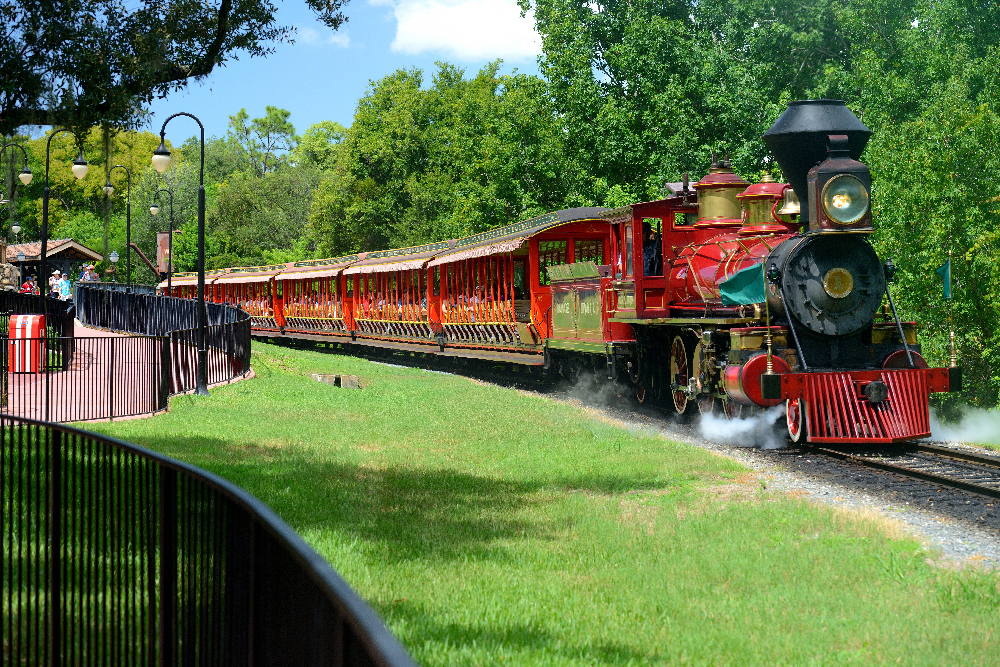






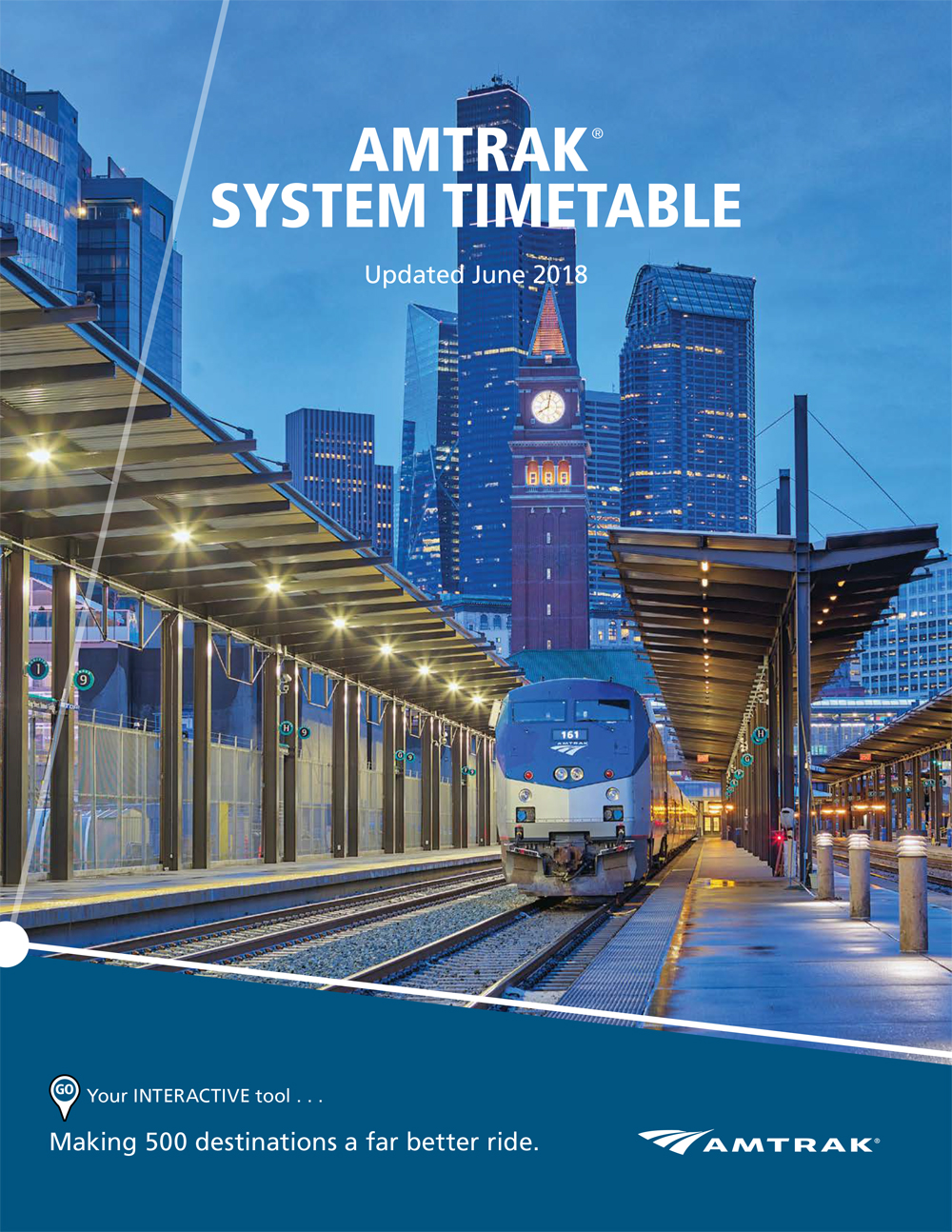
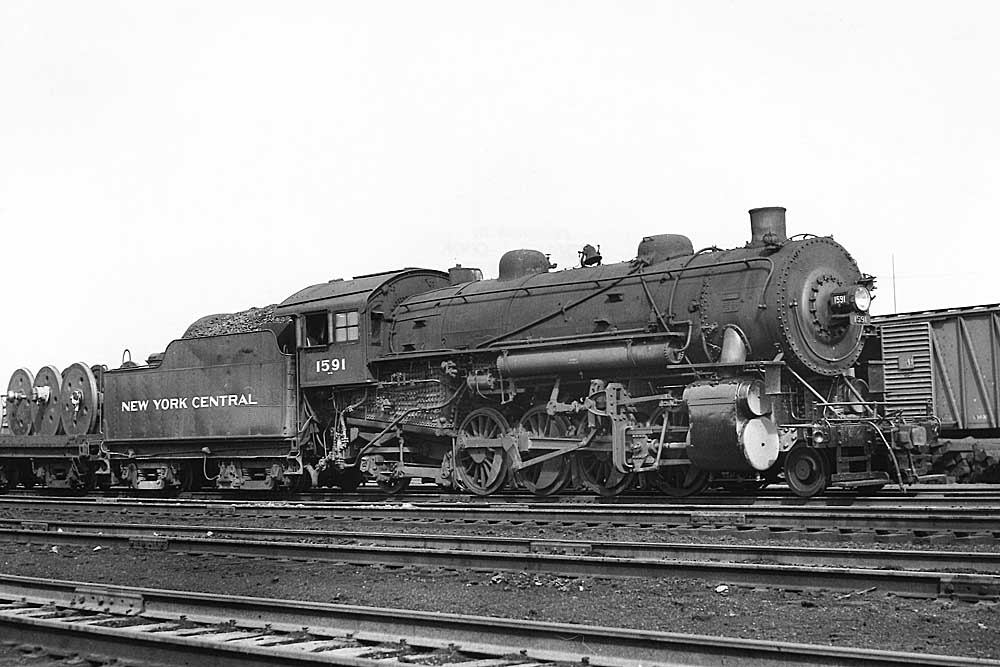
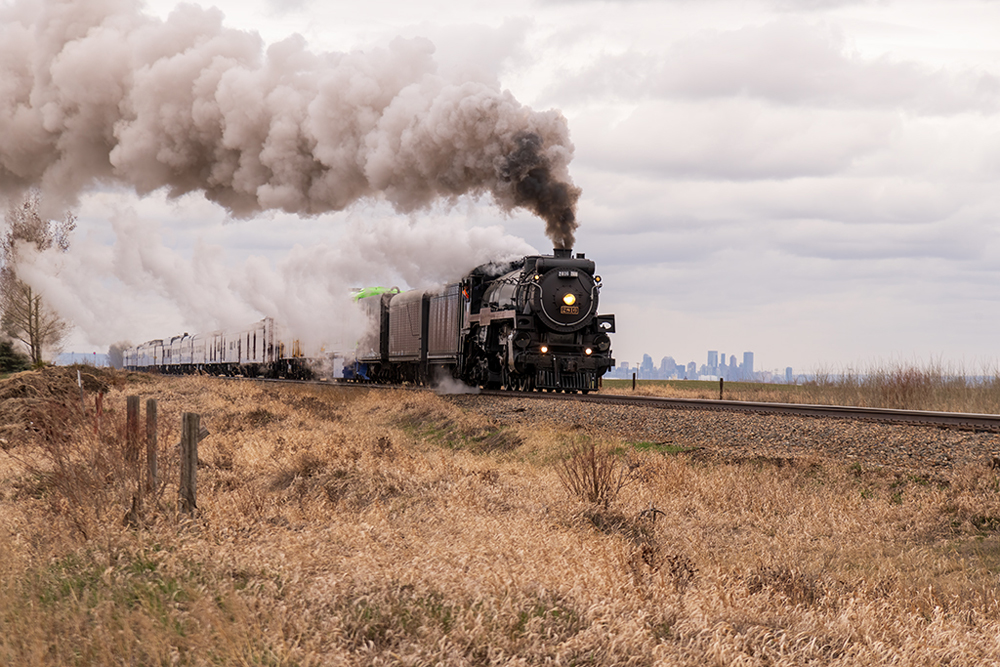
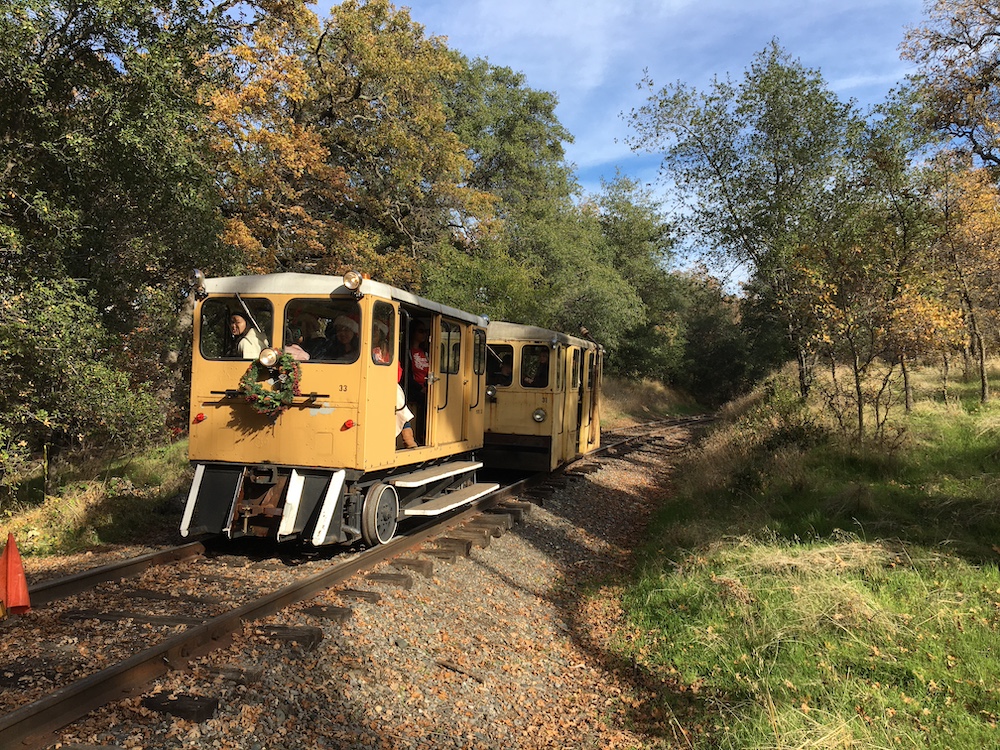




A lost Disney railroad is the one that ran in the Fort Wilderness campground at Disney World. Taking my children there in the 1990’s, rails could still be seen. There is a YouTube video concerning the line. It ran the length of Fort Wilderness. Now it’s another fallen flag.
An inclusion of Gerald M Best ( 1895 – 1985 )noted railroad historian, writer, photographer and one of the top sound engineers in the motion picture industry and personal friend.
Gerald had a distinquished career at Warner Brothers and on retirement Mr. Disney met with him and persuaded Gerald to work for him on many projects ,
including the Railway.
Colin Eggleston
Another interesting historical bit of trivia: Walt Disney was one of the founders and members of the L.A. Live Steamers, a railroad club which ran live steam model trains. They are still in Griffith Park today, and are open on Sundays to the public for train rides. I’ve been there with my wife and the grandkids on MANY, MANY, occasions – and it is STILL a blast to go.
There is an engine house there which was built by Walt Disney, and has been named in his honor. And it too is still used.
Just about a quarter mile away is Traveltown (still in Griffith Park), which has many static engines, freight and passenger cars there on display, along with a damned fine N-scale model railroad. One should see Traveltown as well – especially the N-scale model railroad. The model railroad has sessions on Saturday and Sunday, open to the public. Traveltown, by the way – IS FREE.